The Best White Paint Colors Tested By Designers
Nothing feels better than walking into a beautiful, clean white room. White is timeless, classic, and modern all at once. White paint can open up small spaces and make large spaces feel light and airy. But choosing the right white paint color can seem near impossible with the seemingly endless array of choices. And once you pick what you think is the perfect white, it suddenly looks completely different when you paint it on your walls at home.
We’re going to easily and effortlessly take the struggle out of styling with white paint, and teach you some simple tricks on how to quickly identify which whites will work best in your specific space. Our curated list of the top white paint colors that have been tried and tested by designers and DIY’ers all over the world. Let’s unpack this elegant color so you can march into your paint store with confidence.

Understanding White Paint
White paints all look alike, right? Not so fast. The reason white paint is so challenging is because each white has different undertones. What are undertones? Well, let’s demystify them so you can quickly and easily pick the right white paint for any space in your home.
Every color, even black and white, is made from a highly calculated paint formula that mixes different colors to get that perfect shade you see in all of the magazines.
Undertones are very slight colors mixed in the paint formula to get the range of different shades of white. These color undertones are hard to spot on a small paint swatch, but very noticeable once painted over all four walls.

The Four Whites
Whites can range from pure white, off-white, cool white, and warm white. Knowing how to spot which category your white falls in will help prevent “white freeze” aka indecision.
Pure White Paint Colors
Pure whites are just that. They are as “white” as a paint formula can get. This means that the paint company has carefully balanced both cool and warm undertones so that they cancel each other out, thus making the white look as clean as possible.
Pure whites can light up a small room and make it look dramatically bigger. If you have a small space or a room with minimal natural light, lean towards a pure white to visually open up the room.
Off White Paint Colors
Off-whites are the close cousin of pure white, but knocked down a step. Off-whites can have warm and cool undertones, but generally don’t have so much color in them that they dramatically read cool or warm. Off-whites are perfect in hallways because they will look nice and clean, and won’t give off any unexpected undertones.
Cool White Paint Colors
Cool whites have blue, purple or green undertones to them. A cool white can read crisp and clean in one room, and blue, purple, or grey in the other. If you have poor or aging eyesight, cool whites will help you see better than warm whites. Cool whites give great contrast and work well as an illuminator in the space.
If you have blue, purple, violet, or green accent colors in your room, cool whites will pick up on these accent colors and reflect them on the wall. Balance out your cool tone accent colors by choosing a slightly warmer white.
Warm White Paint Colors
Warm whites have a pink, yellow, or orange undertone. These are your linen whites, your dove whites, and cloud whites. They are warm and cozy and give a very fresh, but welcoming feel to a room. Warm whites are wonderful in kitchens, living rooms, and bedrooms.
As with cool whites, warm whites will enhance any warm accent colors in the room, and can make your pretty linen white look yellow or orange. Balance your warm accent colors with a slightly cooler white paint that will counteract the warmer tones in your pillows, or furniture.
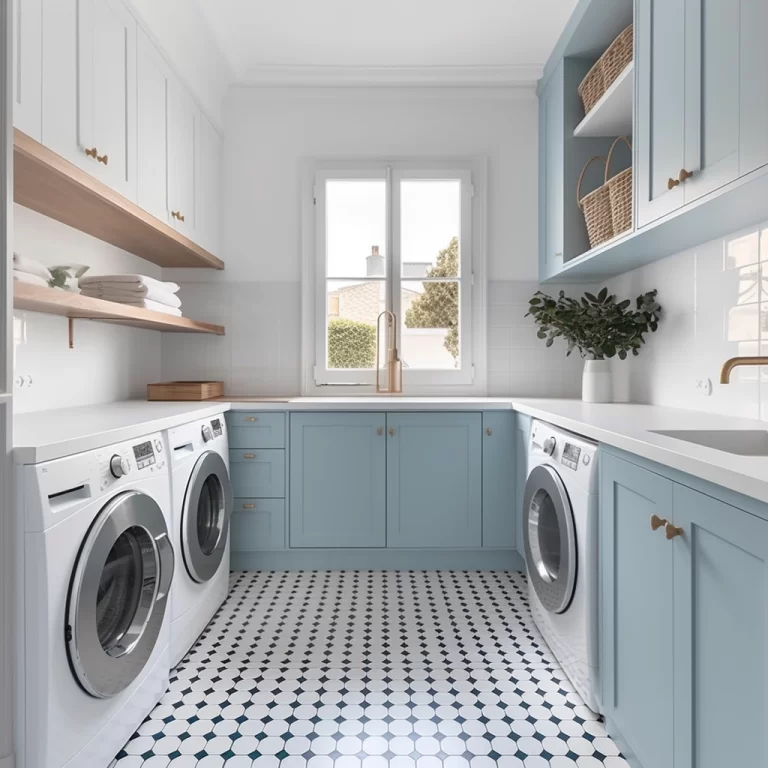
How To Choose The Best White Paint Color
When it comes to picking the right white, there are a few things to know before you head to the paint store. Every space is different. Every room in your house has different windows, and faces different directions. This means that the same white paint can dramatically change in the areas of your home. Here are the ways designers determine which colors of white paint look best on your walls.
Check The Direction Of Your Natural Light
The very first thing to know before kicking off your white paint journey is to check which direction the natural light is coming from in your space. If you have North or East facing windows, the natural light will have a cooler cast to it.
This means that if you have a cool undertone in your white paint color, the cool light will enhance the cooler undertones in your white paint and make your white look more blue than it actually is. To counteract the cool tone in North and East light, choose a slightly warmer white for balance.
If you have South or West facing windows, your natural light will have a warm cast that will pick up any pink, red, yellow, or orange undertones in your white paint. Counteract the warm light with a slightly cooler white that will cancel out these warmer undertones.
By knowing which direction your natural light comes from, you can narrow down your selections by canceling out either warm or cool tones that won’t work for your space.
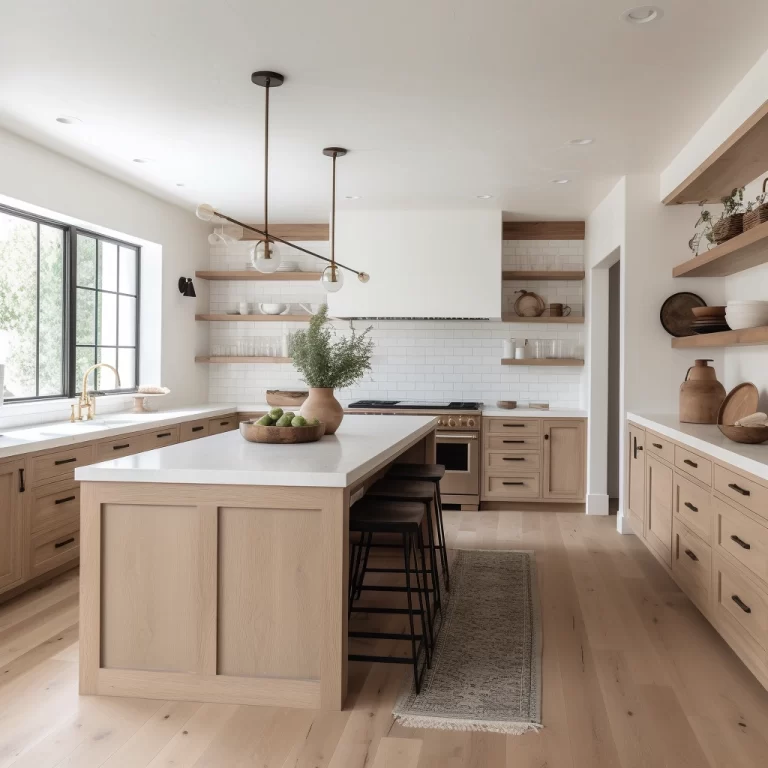
How To Spot Color Undertones
Okay, so now we know how to categorize the best white paint for your walls, but how do you spot which undertone you’re dealing with in a sea of whites?
Compare and contrast, my friends. When standing in the aisle of your hardware store, with 6 different whites that all look the same, grab the whitest paint swatch available, and hold each swatch next to that ultra white. By placing your white paint swatches next to a pure white, you will easily see warm or cool colors emerge.
Sample Twice, Paint Once
Now that you have paired down your white selection, choose 2-3 whites, and get some sample quarts made to take home with you.
Sampling your paint is THE MOST critical step in selecting any paint color. We can make the best educated guess when standing in the hardware store with those bright fluorescent lights overhead, but every color changes once you get it home in your specific lighting environment.
I cannot overstate the importance of sampling before diving into a full room makeover. Here’s a pro-tip that you won’t hear anywhere else, that will save you time and money.
PRO TIP: Don’t paint your swatches directly on the wall. Your wall probably already has some sort of color on it that will affect how your white actually reads.
Instead, get some old-school poster board. That’s right, the kind of foam core board that you did your 8th grade science project on.
Paint a large swatch on your board, but leave about 2-4 inches of white space around your swatch. This will provide a clean, ultra white border around your paint sample to help you accurately see the true color of your white.
Test Your Sample
Place your poster board samples around the room and check them in the morning, at midday, and at night. You want to see how your paint changes, and trust me it will, at different times of the day.
Toss any samples that start to read overly cool or warm. If you notice these colors change to warmer or cooler over the course of the day on a small sample, imagine how more noticeable that change will be once you paint it over all four walls!
Stability Counts
Choose the paint sample that looks best on all four walls, at the three different times of day. If your white paint sample has minimal color shift, that’s the one for you.
It might seem like an extra effort, but going through this sample process will save you time, money, and the headache of making a costly color mistake.
The Best White Paint Colors Designers Swear By
I’ve pulled together a comprehensive list of gorgeous white paint colors that run the gamut from pure white, off-white, cool white, and warm white to help get you started on picking a beautiful white for your space. These whites have been tried and tested in the field by designers all over the world so you know they work.
The Best Pure White Paint Colors
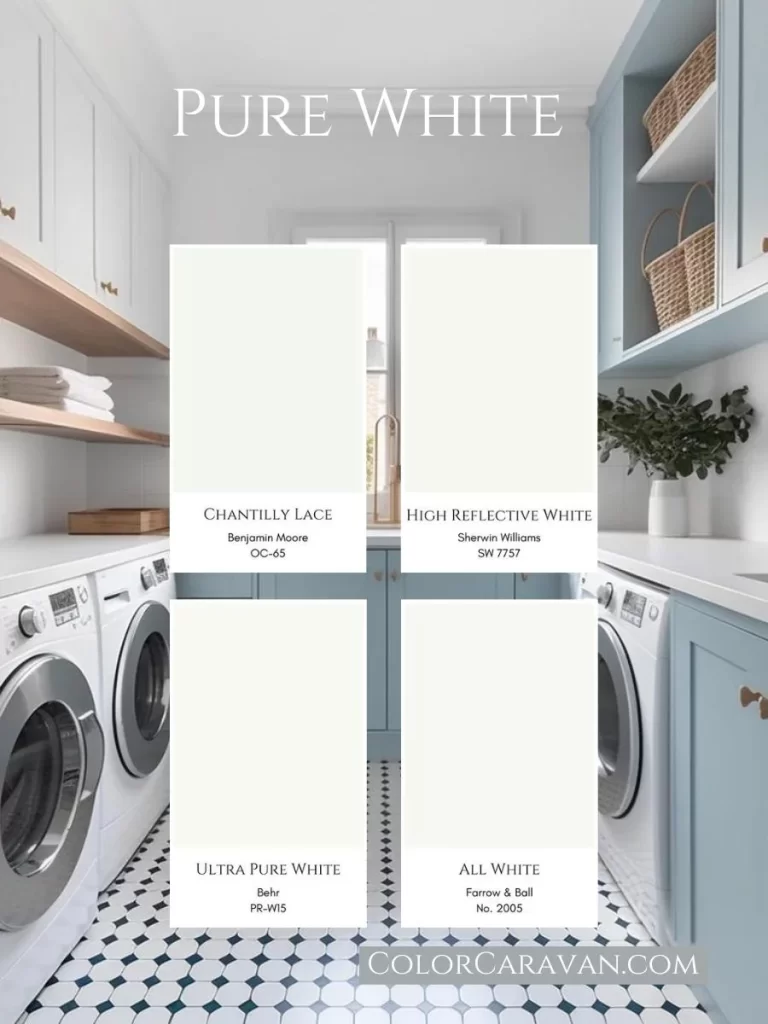
The Best Off White Paint Colors
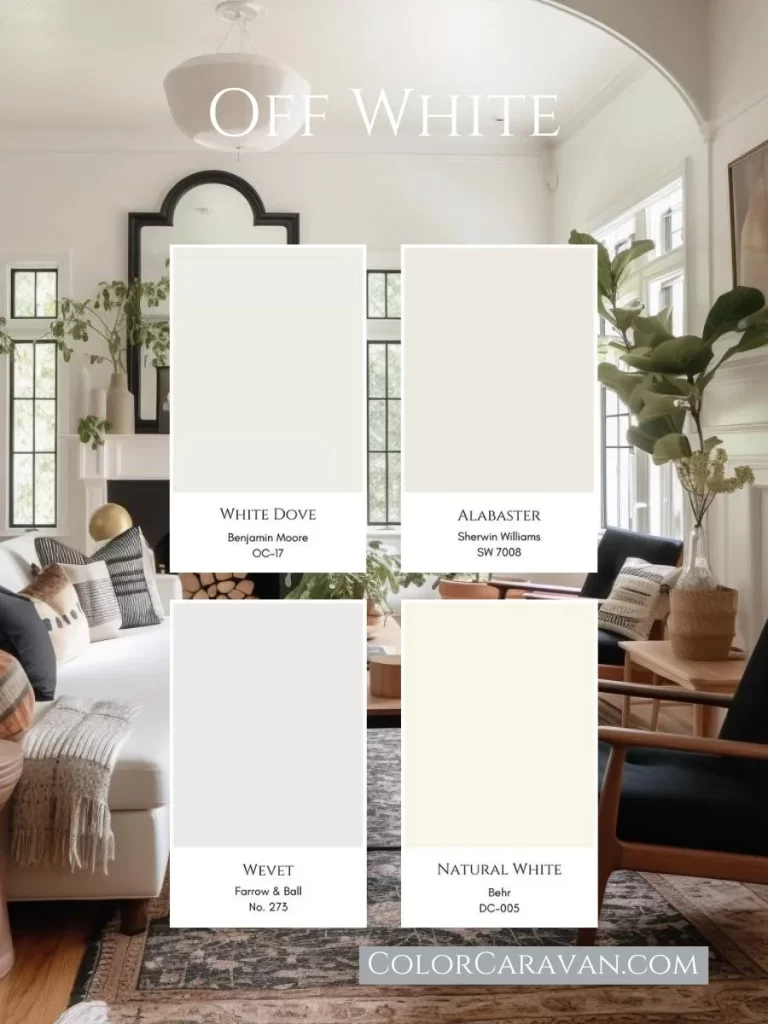
The Best Cool White Paint Colors
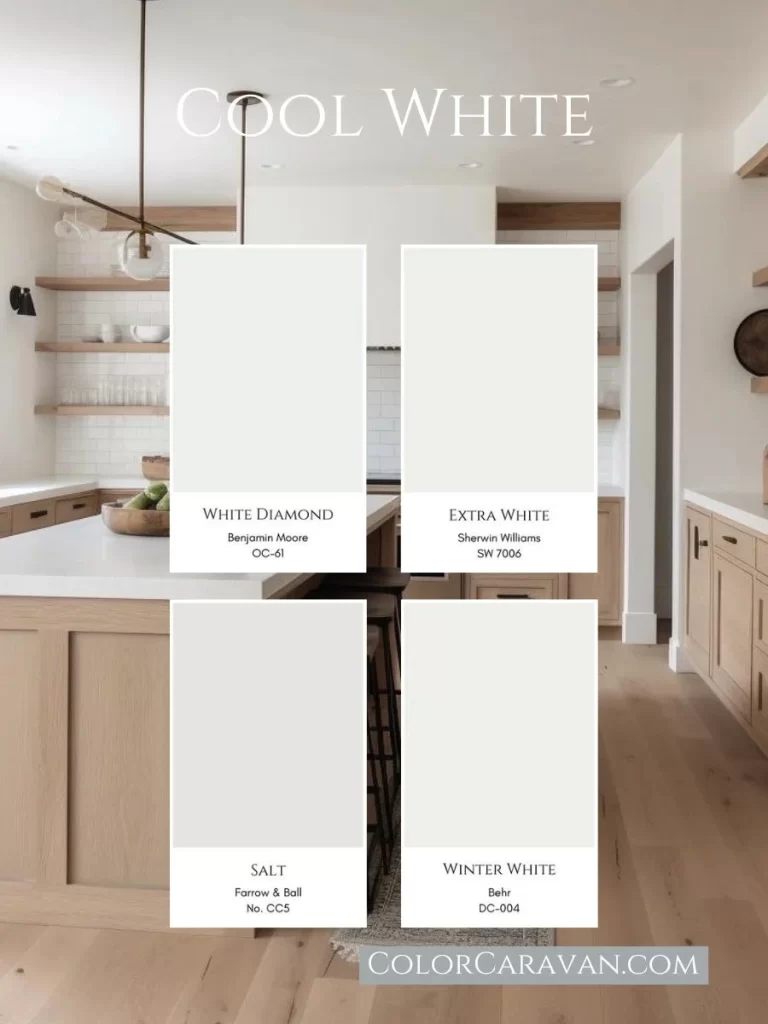
The Best Warm White Paint Colors
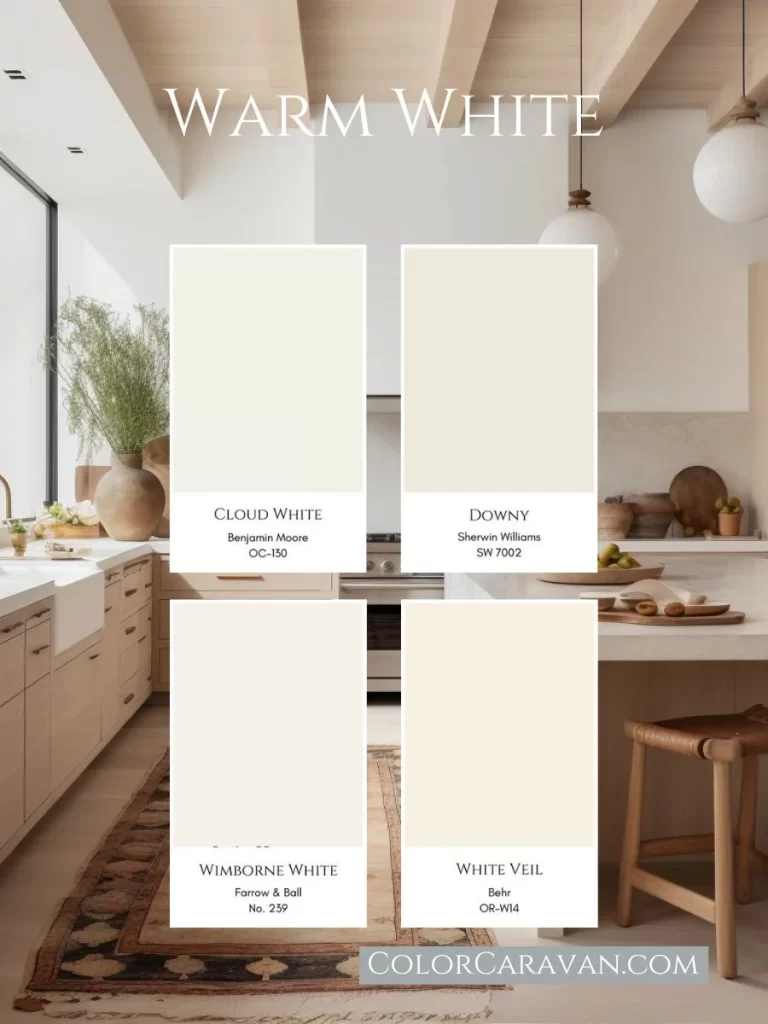
Conclusion
Although there is an ocean of whites, there are simple ways to identify which whites will work with your lighting. By knowing the direction of your light, and coordinating that with the undertone of your white paint, you can easily color correct cool or warm tones to find the perfect shade for your home.







